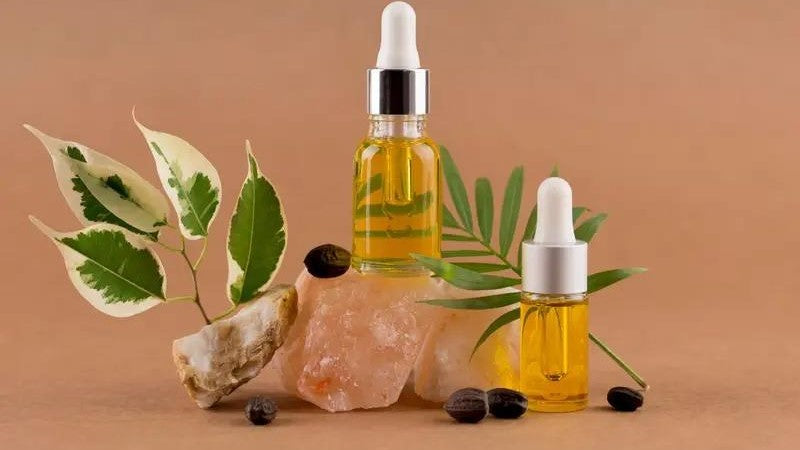
Natural Approaches to Maintaining Transplanted Hair
| MegaCityVip Studio
Hair loss, particularly in the form of male pattern baldness, can be a distressing concern for many individuals. While prescription medications like finasteride are commonly recommended for treating hair loss, some people prefer a natural approach. In this blog, we will explore non-prescription methods, including the use of derma rollers and topical DHT blockers, to help maintain transplanted hair. Additionally, we'll delve into the details of hair transplants and how natural strategies can complement this procedure.
- Understanding Hair Transplants: A Permanent Solution
Hair transplants are surgical procedures that involve the extraction of hair follicles from donor areas, typically at the back or sides of the head, and their transplantation to balding or thinning areas. This method provides a permanent solution for hair loss, as the transplanted follicles are resistant to the effects of dihydrotestosterone (DHT), a hormone associated with male pattern baldness.
-
The Transplant Process: A skilled surgeon carefully extracts donor follicles and implants them into the recipient area. This meticulous process ensures that the transplanted hair matches the natural growth pattern.
-
Post-Transplant Care: Following a hair transplant, adherence to post-operative care instructions is crucial. Proper care can enhance the success of the transplant and promote the growth of transplanted hair.
- Derma Rollers and Micro-needling: Promoting Scalp Health Naturally
Derma rollers are handheld devices with tiny needles that create micro-injuries on the scalp's surface. This process, known as micro-needling, stimulates the production of collagen and increases blood flow to the scalp. These benefits can create a more conducive environment for hair growth. Using a derma roller can be a natural and non-invasive way to support the health of your transplanted hair.
- How to Use Derma Rollers: Gently roll the device over the scalp, creating micro-channels that enhance the absorption of topical treatments.
- Topical DHT Blockers: Rosemary Oil and Saw Palmetto Oil
DHT, or dihydrotestosterone, is a hormone linked to hair loss. Natural alternatives like rosemary oil and saw palmetto oil may act as topical DHT blockers, potentially slowing down hair miniaturization.
-
Rosemary Oil: This essential oil has been studied for its potential anti-androgenic properties. Massaging diluted rosemary oil into the scalp can be a part of your natural hair care routine.
-
Saw Palmetto Oil: Derived from the saw palmetto plant, this oil is believed to inhibit the production of DHT. Incorporating it into a carrier oil and applying it to the scalp may help support hair health.
- Healthy Lifestyle Choices: Nourishing Your Hair from Within
Maintaining overall health is crucial for the well-being of your hair. A balanced diet rich in essential nutrients, regular exercise, and adequate sleep contribute to optimal hair health.
-
Balanced Diet: Include foods high in vitamins and minerals like iron, zinc, and biotin. These nutrients play a vital role in promoting healthy hair growth.
-
Regular Exercise: Physical activity improves blood circulation, delivering essential nutrients to hair follicles. Incorporate regular exercise into your routine for overall well-being.
Conclusion:
While prescription medications like finasteride are commonly recommended for treating hair loss, natural approaches using derma rollers and topical DHT blockers provide non-prescription alternatives. When combined with the permanence of hair transplants, these natural strategies offer a comprehensive approach to maintaining transplanted hair. As with any treatment, it's essential to consult with a healthcare professional or dermatologist to ensure the chosen methods are suitable for individual needs.

Leave a comment
Your email address will not be published.